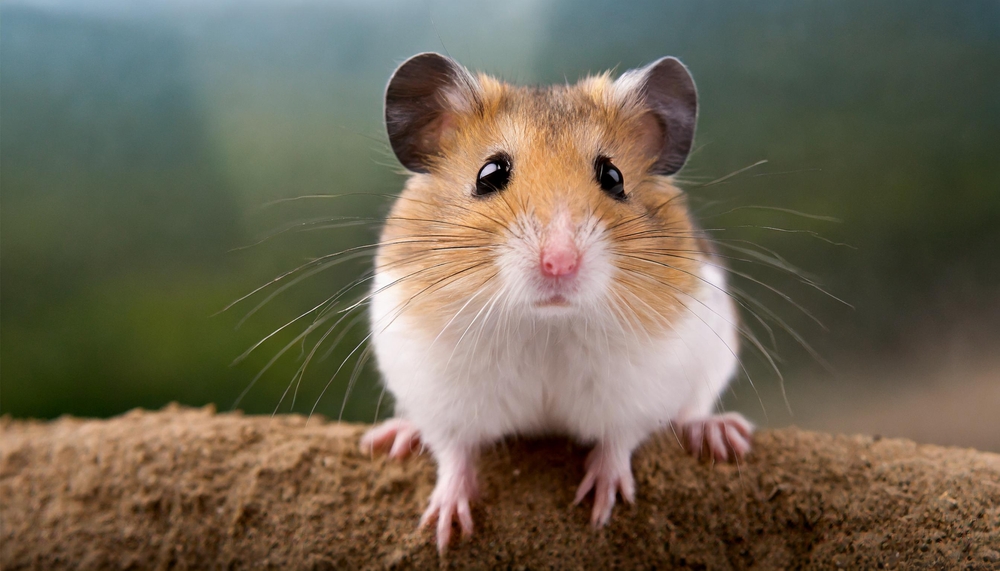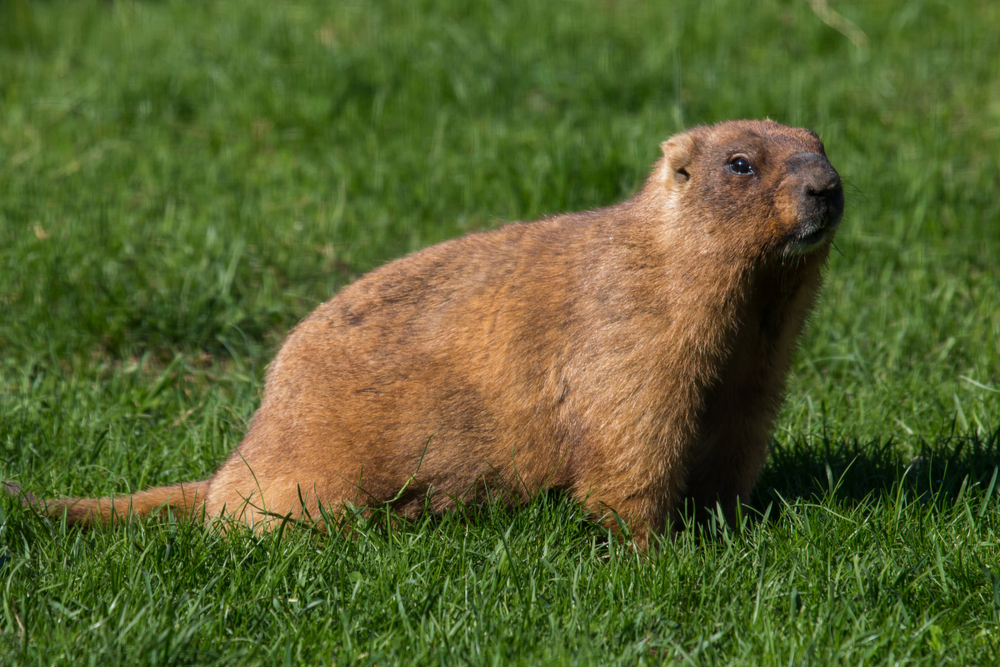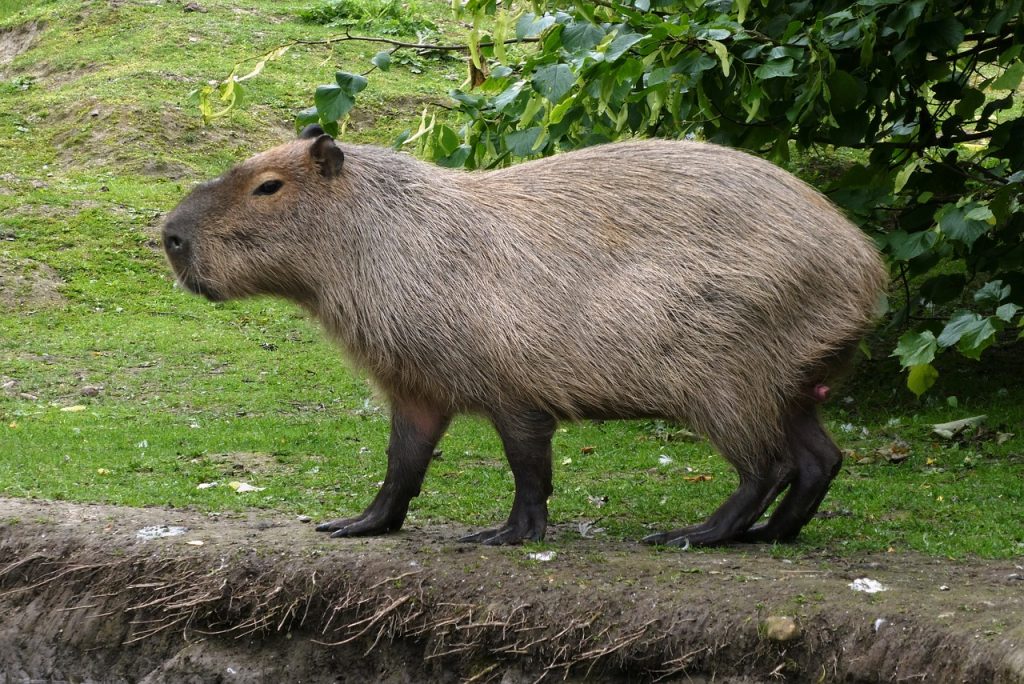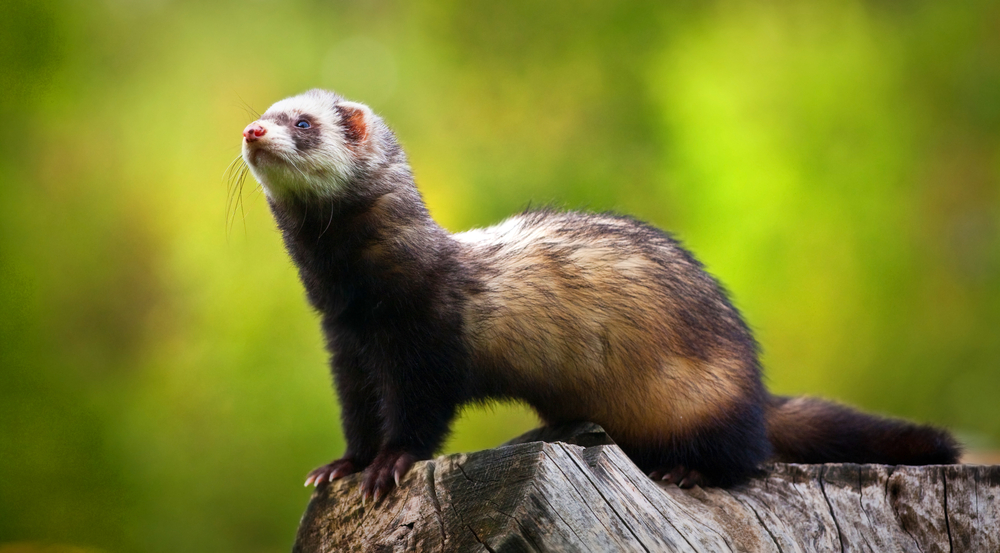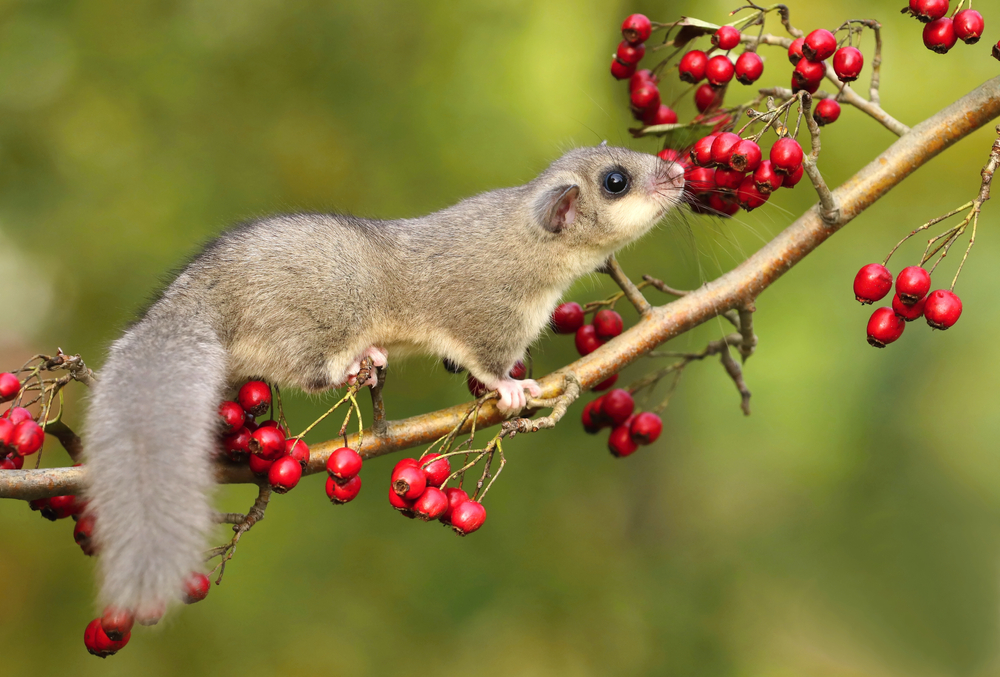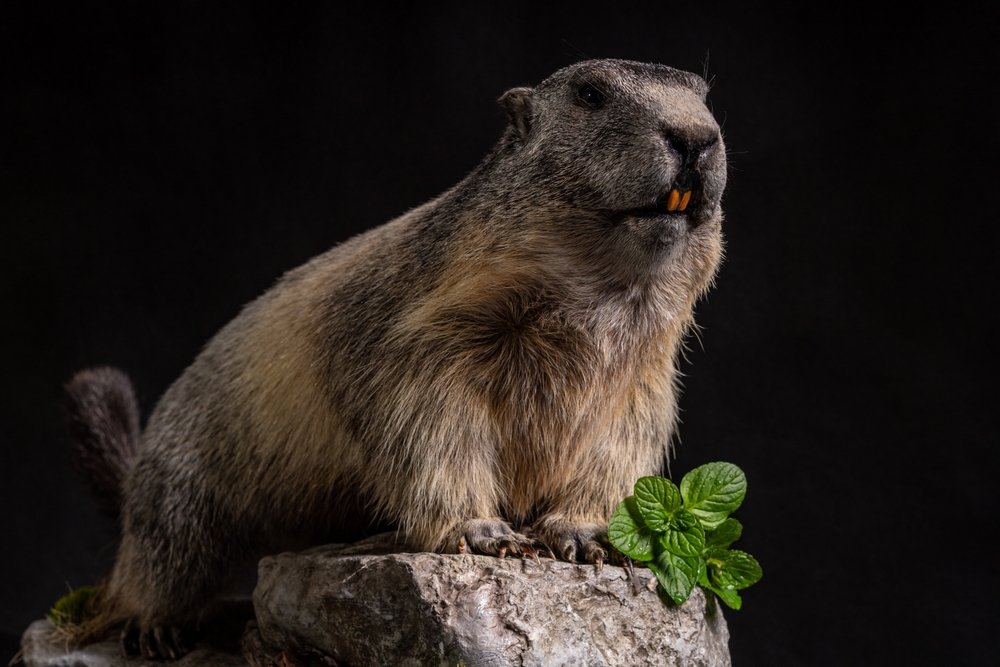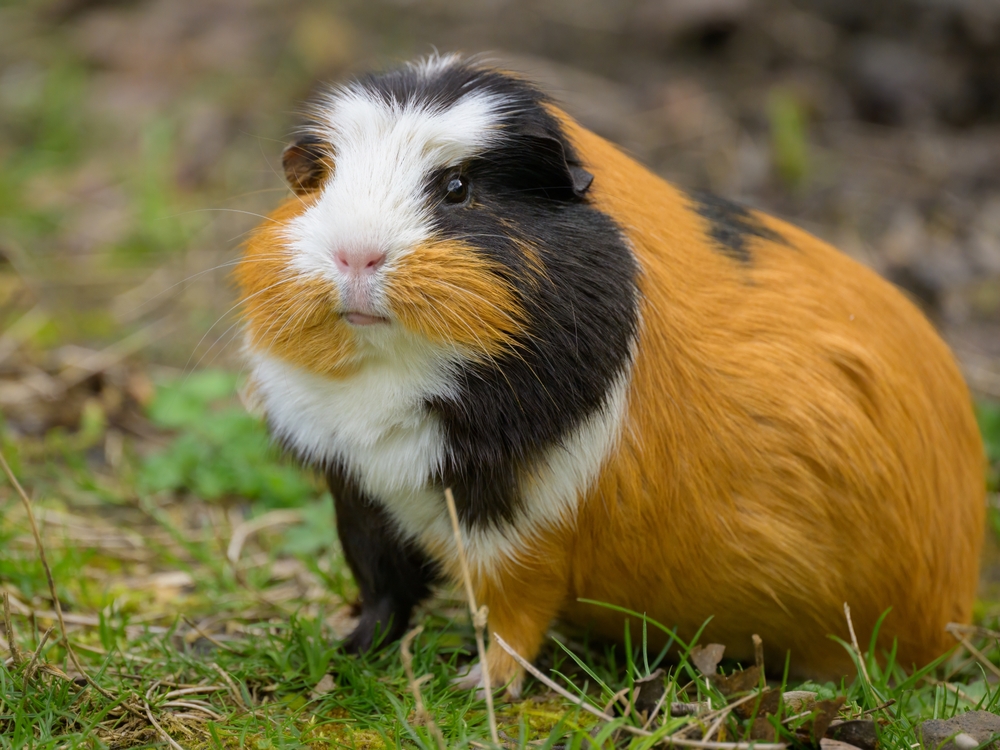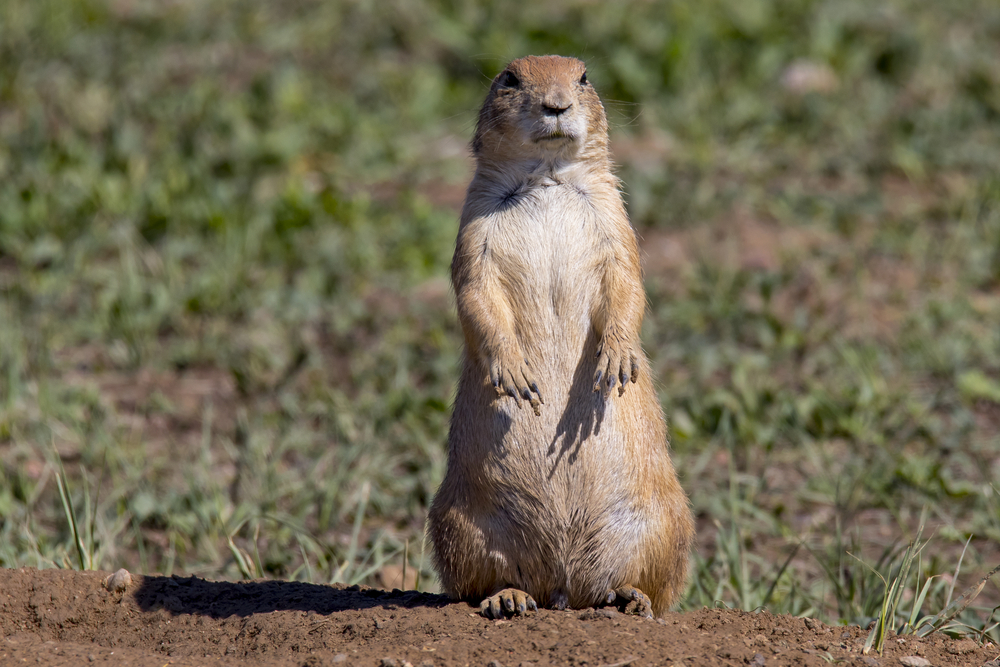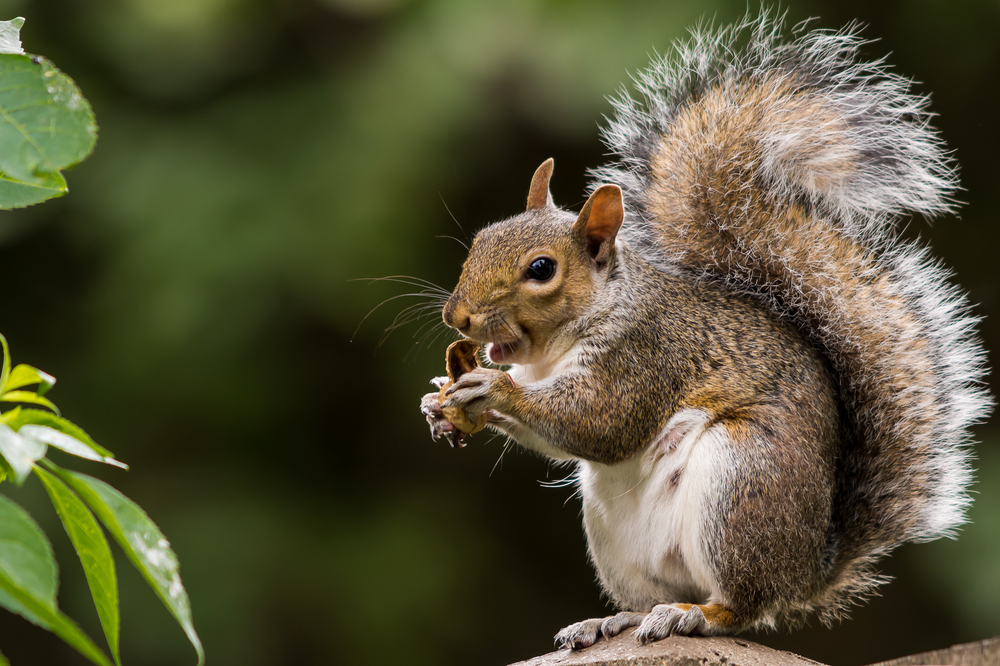Uniqueness
Hamsters are uniquely adapted small mammals, combining burrowing instinct, nocturnal independence, and food-hoarding behavior into a compact, expressive, and solitary package. While many rodents share similar traits, the hamster stands apart for its distinct anatomy, reproductive speed, and iconic cheek pouches—as well as its popularity as a first-time pet.
Expandable Cheek Pouches:
One of the hamster’s most distinctive features is its cheek pouches, which can stretch from the mouth to the shoulders.
-
Used to gather and transport food, nesting materials, or bedding
-
Allows wild hamsters to forage quickly and retreat to safety
-
Can even be turned inside out (a trait used by researchers for tissue studies)
-
Syrian hamsters have the most pronounced pouches of all species
This anatomical feature defines the hamster’s identity, both functionally and behaviorally.
Food Hoarding Behavior:
Hamsters exhibit an extreme version of food caching, storing large quantities of food in underground chambers.
-
The name “hamster” comes from the German word hamstern, meaning “to hoard.”
-
Even well-fed pet hamsters continue to hoard compulsively, demonstrating deep-rooted instinct
-
This behavior supports survival in harsh, seasonal environments with food scarcity
Solitary Lifestyle:
Unlike many rodents that thrive in colonies or social units, most hamster species—especially Syrian hamsters—are strictly solitary.
-
Adults must be housed alone to prevent fights, injury, or death
-
Territorial by nature, especially females
-
Dwarf species may cohabitate, but even they require close monitoring
This solitary nature contrasts sharply with the social behaviors of rats, mice, and guinea pigs.
Ultra-Fast Reproduction:
Hamsters are among the fastest-reproducing mammals:
-
Syrian hamsters have a 16-day gestation—one of the shortest known
-
Newborns mature rapidly, allowing for multiple litters per year
-
This reproductive speed suits their role as prey animals in volatile environments
Combined with short lifespans, this trait reflects an evolutionary focus on rapid population recovery.
Nocturnal and Scent-Driven:
Hamsters are strongly nocturnal and rely heavily on smell and touch rather than sight.
-
Poor eyesight, especially in daylight
-
Use scent glands to mark territory
-
Vibrissae (whiskers) help them explore and navigate tight burrows
Their sensory world is tuned to life underground and in the dark.
Global Appeal as Pets and Research Models:
-
Syrian hamsters were introduced to science in the 1930s and soon became valuable lab animals in virology, reproduction, and cancer studies
-
Today, hamsters are among the most popular small pets worldwide due to their compact size, quiet demeanor, and expressive behaviors
-
Despite their solitary nature, they’re highly interactive and form strong habits in routine-based care
Hamsters are unique in combining adaptability, independence, and behavioral complexity in such a small frame. Their blend of physiological specialization (like cheek pouches and rapid gestation) and behavioral intensity (territoriality, hoarding, nocturnal exploration) sets them apart from all other rodents—making them both fascinating companions and remarkable survivors.



































































